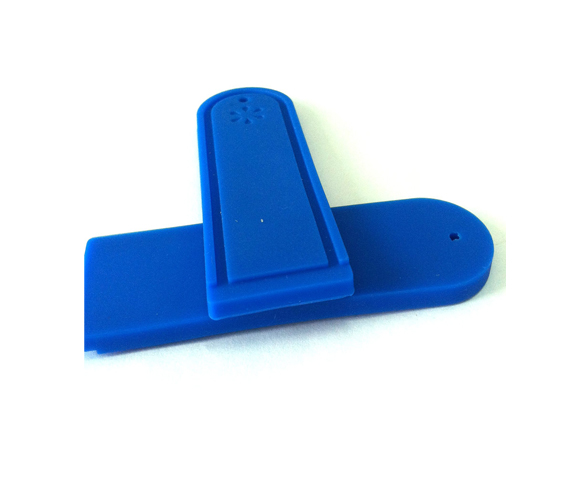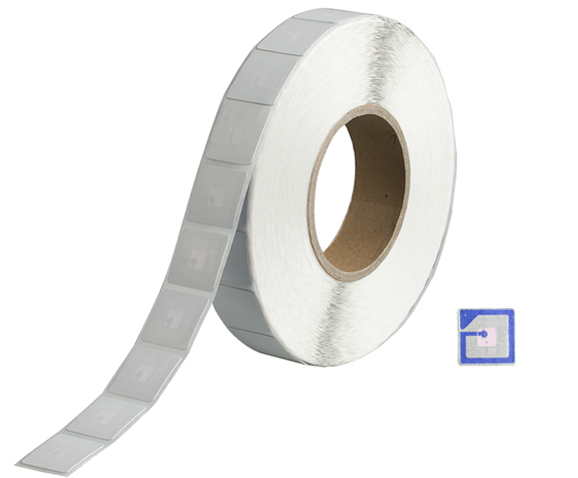Landline:+86-0775-84649797 Phone:+86 19926651112(Same WeChat ID)
Share:
Enhancing Museum Exhibitions Experience: The Impact of RFID Technology
RFID has brought a new wave of innovation to the museum and exhibition industry, transforming the way visitors interact with artifacts and artworks. By utilizing these advanced technologies, museums and exhibition halls can enhance the visitor experience, improve operational efficiency, and provide personalized journeys through historical and artistic cultures.
Interactive Displays:
RFID technology turns ordinary viewing into exciting interactive experiences. By Integrating RFID tags on display cases, visitors can simply tap the smart tags with smart phone to access detailed information. As visitors explore the museum, they can gain a deeper understanding of the historical background, significance, and stories behind each exhibit. This interactive experience establishes a stronger connection between visitors and artifacts, fostering a more appealing and educational visit.
Alternatively, visitors can use their smartphones' NFC or Bluetooth capabilities to trigger augmented reality (AR) multimedia presentations and video guides, providing them with greater insights and immersive experiences. Additionally, virtual reality (VR) is also becoming a future trend with various VR headsets on the market. In the future, combining the precise indoor positioning features of RFID with VR technology will make the much-anticipated "Night at the Museum" a reality.

Personalized Guided Tours:
Museums can integrate RFID smart cards with the museum's systems to provide personalized guided tour services based on visitors' preferences or interests. Visitors can choose specific themes or historical eras they are particularly interested in, and their Bluetooth positioning card or mobile devices connected to RFID tags within the museum can guide them through the exhibits, highlighting relevant objects and providing additional information, ensuring that each visitor receives a customized experience based on their personal interests.
Identity Recognition:
RFID technology also offers identity recognition capabilities, which can be used for museum ticketing and access control. Visitors only need to scan their RFID smart tickets to enter the museum or specific exhibitions, eliminating the need for paper tickets. RFID smart tickets can also be recycled and reused. This not only simplifies the entry process, reduces wait times, and improves overall visitor satisfaction but also contributes to environmental conservation.

Real-time Analytics and Management:
RFID tags enhance the data analysis capabilities within museum management. By tracking visitor activities and interactions, museums can collect data on visitor flow, popular exhibits, and dwell times. This information can be used to optimize exhibition layouts, plan crowd management, and carry out targeted marketing activities to attract more visitors.

The integration of museums and exhibition halls with RFID technology opens up new possibilities for immersive and personalized viewing experiences. From interactive artifact displays to personalized guided tours, these technologies fundamentally change the way visitors experience historical and artistic cultures. Additionally, simplified ticketing mechanisms, access control, and real-time analytics help museums optimize operations and provide a seamless experience for visitors. By adopting RFID tags, museums and exhibition halls can create an unforgettable journey through history and culture, leaving visitors with lasting memories and a deeper appreciation for the exhibits.
Inquiry



































































